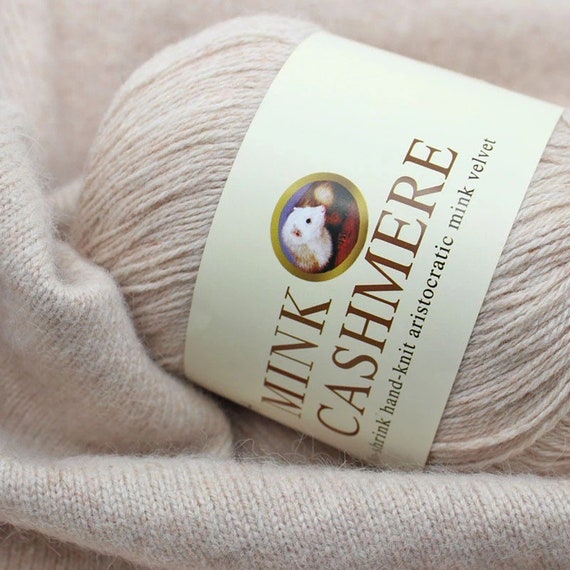Recognizing the Various Kinds Of Cashmere a Natural Fiber and Their Special Advantages

The Origins of Cashmere: A Historic Review
While the extravagant touch of cashmere continues to charm modern-day customers, its origins trace back to the severe, chilly environments of Mongolia and the Himalayas. For centuries, the indigenous individuals of these regions have actually been raising Capra Hircus goats, the prime source of cashmere wool. These goats, resilient against the severe winters months, expanded a great undercoat to survive, which later became understood as cashmere.

The Production Process: From Goat to Garment
Shearing a Capra Hircus goat notes the creation of the intricate cashmere manufacturing process. This fragile procedure generally takes place yearly during springtime. The fine, soft undercoat is then divided from the coarser external hair, a process called dehairing. The resultant raw cashmere is after that cleaned to get rid of pollutants such as grease, dirt, and veggie issue.
The clean fiber undergoes dyeing, rotating, and weaving, or knitting, to transform it right into a fabric. Complicated treatments like high quality control checks and completing processes follow, ensuring the end product preserves the elegant requirement expected of cashmere. This painstaking process, from goat to garment, validates the high expense attached to cashmere items, making them a sign of high-end and refinement.
The Different Kinds of Cashmere: A Comprehensive Evaluation

The One-of-a-kind Benefits of Cashmere: Convenience and Sustainability
Relocating from the range of cashmere kinds to the advantages they offer, find this comfort and sustainability stand out plainly. Cashmere, an all-natural fiber, is renowned for its unequaled softness, offering a level of comfort that synthetic fibers can't match.
When it pertains to sustainability, cashmere is biodegradable and sustainable, as it's collected from cashmere goats that regrow their coats each year. what is cashmere. Unlike synthetic fibers which can take centuries to decay, cashmere's effect on the atmosphere is marginal. This combination of comfort and sustainability makes cashmere a beneficial option for conscious consumers

Taking Care Of Your Cashmere: Maintenance and Preservation Tips
While cashmere is definitely a extravagant and lasting selection, it needs specific like maintain its high quality and extend its life-span. To start, cashmere need to be hand washed making use of cold water and a light detergent. Prevent twisting or wringing the garment as it can harm the fibers. Instead, gently eject excess water and lay it flat on a towel to completely dry. Cashmere products must be stored in a completely dry and amazing place, away from direct sunshine and wetness. Utilizing moth repellents can protect these garments from possible damages. Lastly, it's recommended to prevent hanging cashmere to avoid stretching. Instead, fold and store them appropriately to keep their form and quality in time.
Purchasing Cashmere: Recognizing Its Worth and Well Worth
Although cashmere might initially seem like an expensive financial investment, its long-term worth and worth become obvious when you consider its remarkable high qualities. Known for its unparalleled soft qualities and warmth, cashmere is a premium all-natural fiber check over here that exceeds other materials. Spending in cashmere, therefore, is not just regarding present style patterns, however regarding welcoming a sustainable, resilient, and glamorous way of living.
Final Thought
In summary, Go Here the type of cashmere one chooses, be it Mongolian, Chinese, or Italian, is determined by specific choices for heat, luxury, budget, and sustainability. Understanding the beginnings, manufacturing procedure, and one-of-a-kind benefits of different types of cashmere can direct customers in their financial investment in this extravagant natural fiber.
Whether it's the exceptional warmth of Mongolian cashmere, the cost of Chinese cashmere, or the eco-conscious manufacturing of Italian cashmere, there's a tale to be discovered behind each fiber kind. Cashmere, a natural fiber, is renowned for its exceptional gentleness, offering a level of convenience that artificial fibers can't match.When it comes to sustainability, cashmere is eco-friendly and eco-friendly, as it's harvested from cashmere goats that regrow their layers every year. Understood for its exceptional gentleness and warmth, cashmere is a premium all-natural fiber that outshines various other products. Recognizing the beginnings, production process, and distinct advantages of various types of cashmere can direct consumers in their investment in this lavish natural fiber.